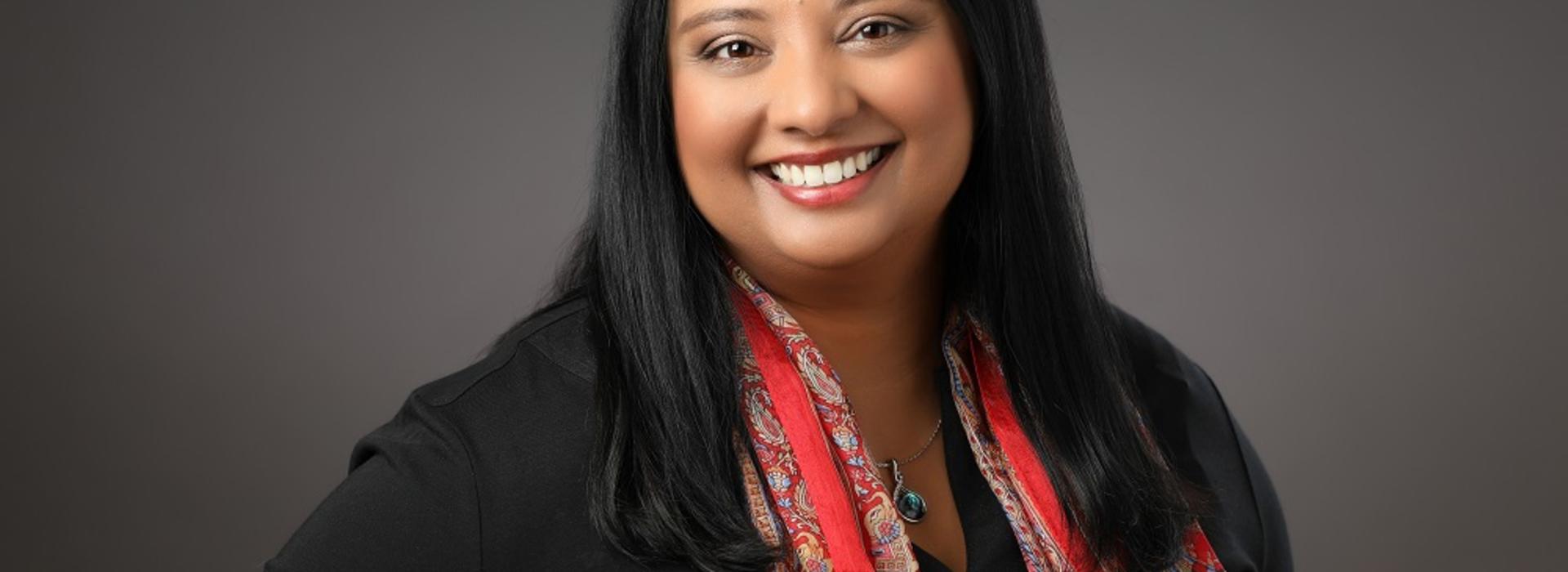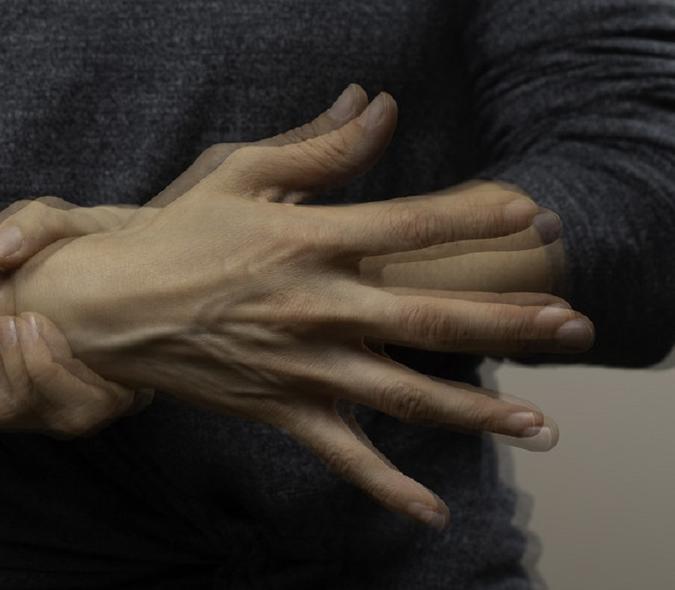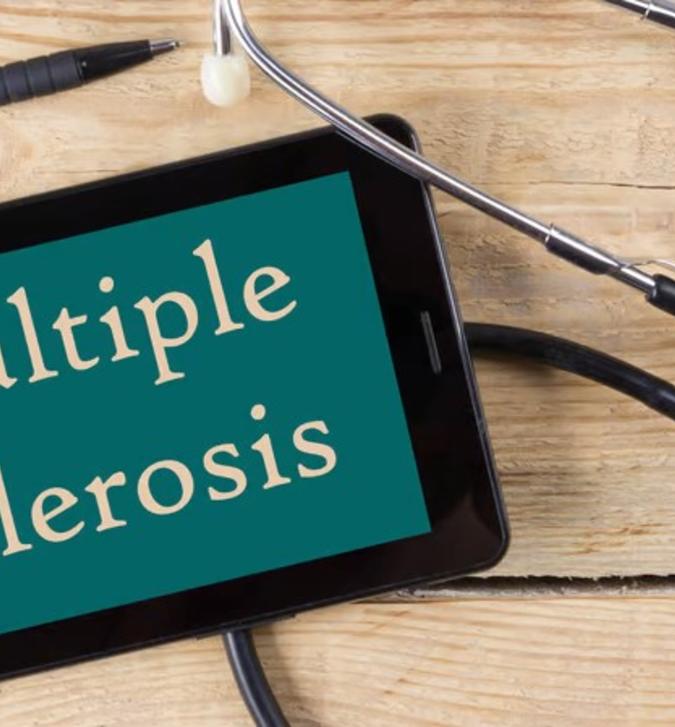
New faculty member brings an essential perspective to her work with cancer patients
As Director of the Rehabilitation Medicine Cancer Program at the U, Assistant Professor Florence John, MD, MPH, has undertaken a visionary approach to her rehabilitation medicine work. “We are creating a new multidisciplinary cancer rehabilitation program here at University of Minnesota Medical Center,” she said. It’s an exciting opportunity to build a robust service that will serve cancer patients for years to come.”
John spent several years at the University of Minnesota before joining the faculty of the Department of Rehabilitation Medicine about five months ago. She completed a Master of Public Health in Public Health Administration and Policy, and her Physical Medicine and Rehabilitation residency here.
Excellent place for her role
She believes that the U is an excellent place to cultivate her unusual role. “We have a large, well-known cancer center here,” she said. “As a result, we serve a substantial number of cancer patients. That creates a huge opportunity as a rehabilitation medicine team to help these patients improve their quality of life.”
Working as a cancer rehabilitation physician requires collaboration. “I’m excited to be a part of building this team,” she said. “I work closely with our therapists, as well as with oncologists and numerous other specialties, including surgery, palliative care, and integrative medicine.”
Challenging and rewarding
John was drawn to this type of care when she saw cancer patients in the rehabilitation clinic and on the acute rehabilitation unit as a resident. “Being involved in their care can be challenging, not only because of the complexity of their cases, but also because of their difficult disease courses,” she said. “Our wheelhouse as rehabilitation physicians is to help them restore function, manage pain and achieve a better quality of life, all of which can be very rewarding as a physician.”
There is also a personal reason for John being drawn to this kind of rehabilitation. “My father was diagnosed with Stage 4 pancreatic cancer during my residency,” she said. “Helping care for him as he went through his cancer journey gave me deep insight, both as a physician and a daughter. Having that experience brought a new dimension to how I care for cancer patients and their families.”
Individualized approach
Because cancer patients are unique, John and her team take an individualized approach to each case. “These patients have different disease types, and they might have complex comorbidities,” she said. “As a doctor who comes in focused on the functional and musculoskeletal aspects of their care, there is no ‘one size fits all.’ I provide a comprehensive assessment and medical management of their rehabilitation related needs. And as a team, we can help them achieve an optimal level of function to get them back to doing the things they enjoy the most.”
John believes that a Cancer Rehabilitation Physician fills an important gap in oncology care. “We look at what these patients suffer from the most,” she said. “Is it weakness? Is it difficulty with balance, mobility or transfers? Is it neuropathic [nerve] pain from their chemotherapy? Is it muscle or joint pain? Is it bowel or bladder issues? We can help with a wide range of these types of symptoms.”
Newest tools
In addition to her involvement in this evolving field, John is adding the newest trends to her toolkit. “One of the exciting areas in cancer care is prehabilitation,” she said. “Prehabilitation involves a program that is designed to enhance the functional level of a patient prior to undergoing cancer treatments including surgery. A referral to the rehabilitation team before they begin their cancer treatment helps decrease their symptom burden, increase strength and mobility, and improve function.” John said.
Several U.S. clinical studies have shown that patients who receive prehabilitation before they start cancer treatment have better functional outcomes after the treatment. “Patients who undergo surgery often have a long post-operative course, so if we can help right from the start to improve their mobility and their strength, it enhances their recovery following the procedures they have,” John noted.
Collecting, assessing data
She is leading a systematic review of the literature about the effectiveness of prehabilitation in patients with certain cancer types. “We’re collecting data from a large number of studies that have been published” she said. “We want to be able to assess and quantify the benefit of prehabilitation for these patients.”
Some therapeutic rehabilitation approaches that might be new to cancer patients can help them with radiation-induced fibrosis or surgical scar tissue that causes pain and limits their range of motion. “It becomes incapacitating because they can’t do their daily tasks,” said John. “There are medications, injections, and other interventions that we can offer to help with some of this scar tissue and to relax some of the underlying muscles. Done in combination with therapy techniques, these treatments are helping many cancer patients live more comfortable, functional lives.”
John gets immense satisfaction from caring for these patients and helping their families. “That’s what drew me to this subset of rehabilitation medicine,” she said. “I knew early on it was what I wanted to do, and I only hope I can continue to help my patients achieve an optimal quality of life along their cancer journey.”



